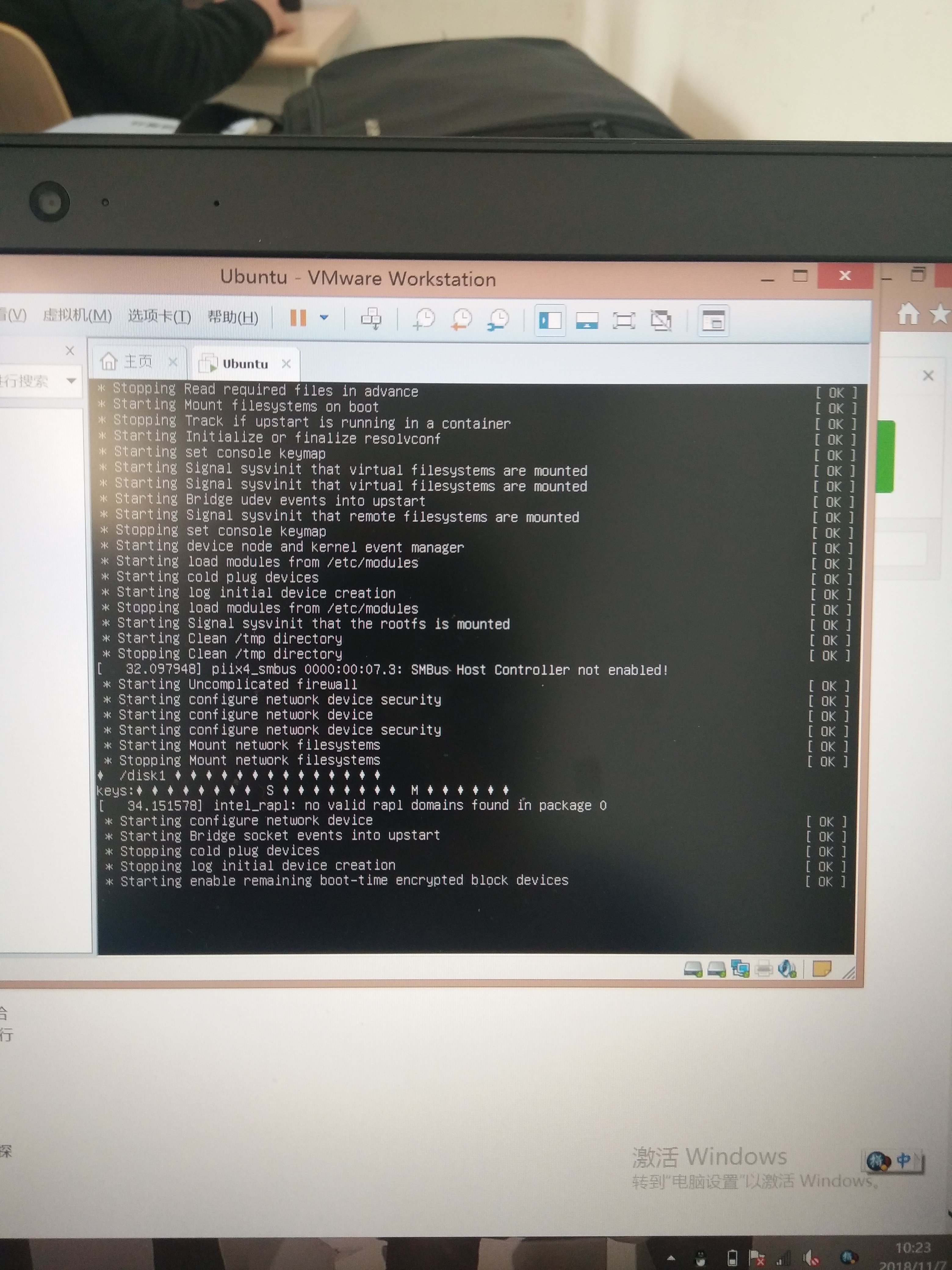I have documents that looks something like that, with a unique index on bars.name:
{ name: \'foo\', bars: [ { name: \'qux\', somefield: 1 } ] }
. I want to either update the sub-document where { name: \'foo\', \'bars.name\': \'qux\' } and $set: { \'bars.$.somefield\': 2 }, or create a new sub-document with { name: \'qux\', somefield: 2 } under { name: \'foo\' }.
Is it possible to do this using a single query with upsert, or will I have to issue two separate ones?
Related: 'upsert' in an embedded document (suggests to change the schema to have the sub-document identifier as the key, but this is from two years ago and I\'m wondering if there are better solutions now.)
No there isn\'t really a better solution to this, so perhaps with an explanation.
Suppose you have a document in place that has the structure as you show:
{
\"name\": \"foo\",
\"bars\": [{
\"name\": \"qux\",
\"somefield\": 1
}]
}
If you do an update like this
db.foo.update(
{ \"name\": \"foo\", \"bars.name\": \"qux\" },
{ \"$set\": { \"bars.$.somefield\": 2 } },
{ \"upsert\": true }
)
Then all is fine because matching document was found. But if you change the value of \"bars.name\":
db.foo.update(
{ \"name\": \"foo\", \"bars.name\": \"xyz\" },
{ \"$set\": { \"bars.$.somefield\": 2 } },
{ \"upsert\": true }
)
Then you will get a failure. The only thing that has really changed here is that in MongoDB 2.6 and above the error is a little more succinct:
WriteResult({
\"nMatched\" : 0,
\"nUpserted\" : 0,
\"nModified\" : 0,
\"writeError\" : {
\"code\" : 16836,
\"errmsg\" : \"The positional operator did not find the match needed from the query. Unexpanded update: bars.$.somefield\"
}
})
That is better in some ways, but you really do not want to \"upsert\" anyway. What you want to do is add the element to the array where the \"name\" does not currently exist.
So what you really want is the \"result\" from the update attempt without the \"upsert\" flag to see if any documents were affected:
db.foo.update(
{ \"name\": \"foo\", \"bars.name\": \"xyz\" },
{ \"$set\": { \"bars.$.somefield\": 2 } }
)
Yielding in response:
WriteResult({ \"nMatched\" : 0, \"nUpserted\" : 0, \"nModified\" : 0 })
So when the modified documents are 0 then you know you want to issue the following update:
db.foo.update(
{ \"name\": \"foo\" },
{ \"$push\": { \"bars\": {
\"name\": \"xyz\",
\"somefield\": 2
}}
)
There really is no other way to do exactly what you want. As the additions to the array are not strictly a \"set\" type of operation, you cannot use $addToSet combined with the \"bulk update\" functionality there, so that you can \"cascade\" your update requests.
In this case it seems like you need to check the result, or otherwise accept reading the whole document and checking whether to update or insert a new array element in code.
if you dont mind changing the schema a bit and having a structure like so:
{ \"name\": \"foo\", \"bars\": { \"qux\": { \"somefield\": 1 },
\"xyz\": { \"somefield\": 2 },
}
}
You can perform your operations in one go.
Reiterating 'upsert' in an embedded document for completeness
There isn\'t a way to do this if the update relies on a reference to the record being updated (e.g., update x => x + 1). Issuing 2 separate commands (set then insert) results in a race condition that can\'t be solved by checking for duplicates, because if your insert is rejected due to a duplicate, you would lose the effect of your update (e.g., x would not be incremented properly in the example above). Would be nice if MongoDB added this functionality, since the ability to implement embedded documents are a big draw to MongoDB for certain applications.




